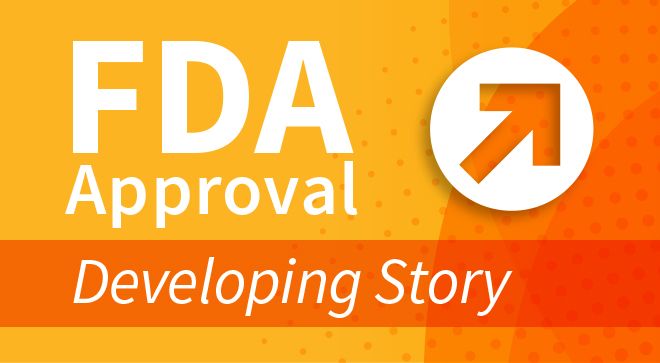Article
Next-Generation Sequencing Continues to Personalize Cancer Care
Author(s):
Next-generation sequencing and personalized approaches will continue to improve cancer outcomes. But there’s still much work to be done.
The future of cancer care is in more personalized medicine, and next-generation sequencing is helping with just that, according to Elaine Mardis, Ph.D.
“What we’re finding is that although we know that there are many potential genes that drive the onset of cancer, many of those can actually be drugged with specific drugs, like small-molecule inhibitors or other types of targeted therapy,” said Mardis, co-executive director of the Institute for Genomic Medicine at Nationwide Children’s Hospital and professor of pediatrics at The Ohio State University College of Medicine.
Next-generation sequencing allows practitioners to test patients with cancer for an abundance of genetic mutations. Not only can this be more cost-efficient, but it is also crucial in determining treatment regimens for many patients whose mutations or genetic profile can be targeted by specific drugs. However, not all institutions test for the same genetic mutations, and some look for more than others.
“It’s a bit of a mixed playing field, in essence,” Mardis said. “For example, surveying tumor mutational burden really requires a broad panel, as opposed to a restricted panel, especially since some tumors have a very low mutation burden, but getting confidence around that requires you to survey a large number of genes.”
Tumor mutation burden, which is a measurement of how many mutations a patient’s tumor has, is a predictive biomarker; if a patient has a high tumor mutation burden, they may be more likely to respond to a type of immunotherapy called checkpoint blockade.
Mutations can come from two sources: inherited or acquired, Mardis said, explaining that UV exposure and smoking cigarettes are both correlated with high mutational burden.
“In general, those are the tumors that respond best to checkpoint blockade immunotherapy, probably because there are lots of neoantigens that are produced by the altered proteins in their genome,” Mardis said.
Another type of immunotherapy, using personalized vaccines to strike an immune response to cancer, is also being explored in the early stages.
“We reported the first study in 2015. There were two other studies just published in 2017 using different types of vaccines, but coalescing around the same notion that if you can sequence the tumor … and you can identify these neoantigens, especially ones that have a very differential binding to the HLA molecules (proteins or markers on most cells in your body), then you can then put those into the vaccine and essentially work to try to stimulate the patient’s own immune system to mount an immune response to their cancer,” Mardis said.
By very specifically targeting the neoantigens that are unique to the tumor and not the surrounding tissue, cancer vaccines can potentially have far fewer side effects than CAR-T cell therapy and immune checkpoint blockade agents, such as Yeryov (ipilimumab), Mardis explained.
“This really enforces that the impact of (vaccines) is very much directed toward the tumor and not toward the normal cells,” Mardis said.
Despite these exciting advancements, researchers and physicians still have their work cut out for them to continue to personalize — and improve – cancer care.
“At the end of the day, cancer is a very complex disease, and we’re probably going to need the complexity of approaches that are out there and still being developed to really be able to defeat it in larger proportions than we are today,” Mardis said. “I think that precision aspects of treating individual cancers that come out of the genomic characterization actually may be able to shed more light on the best approach for that patient.”


